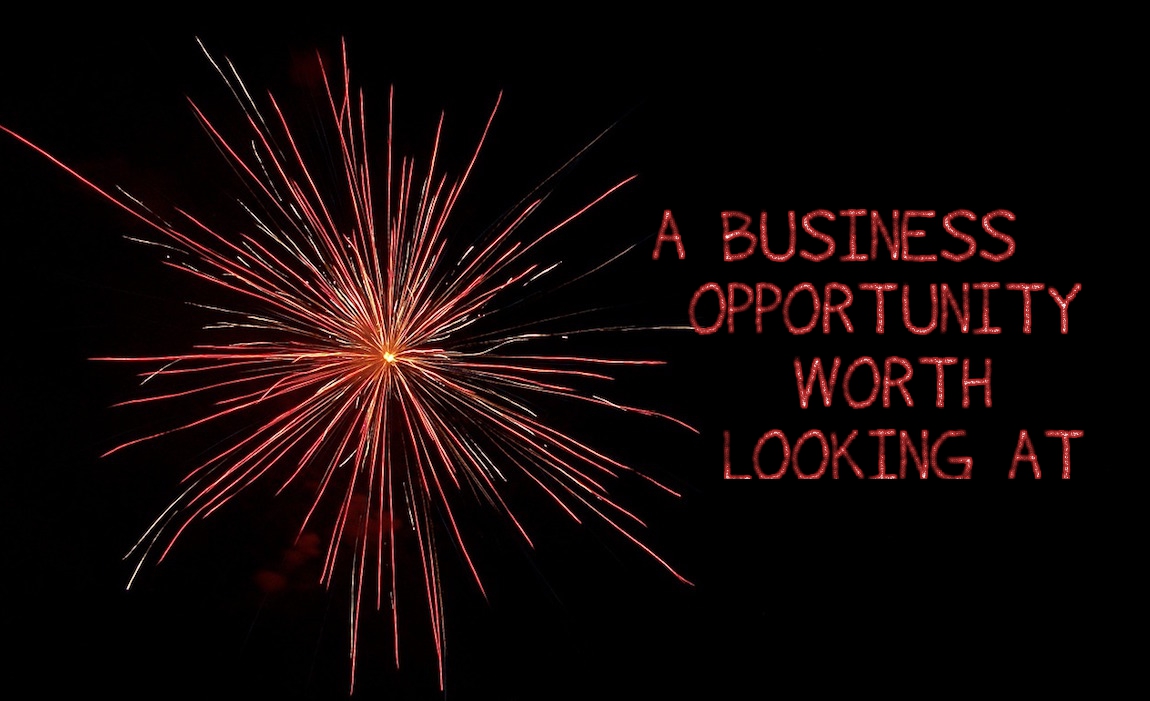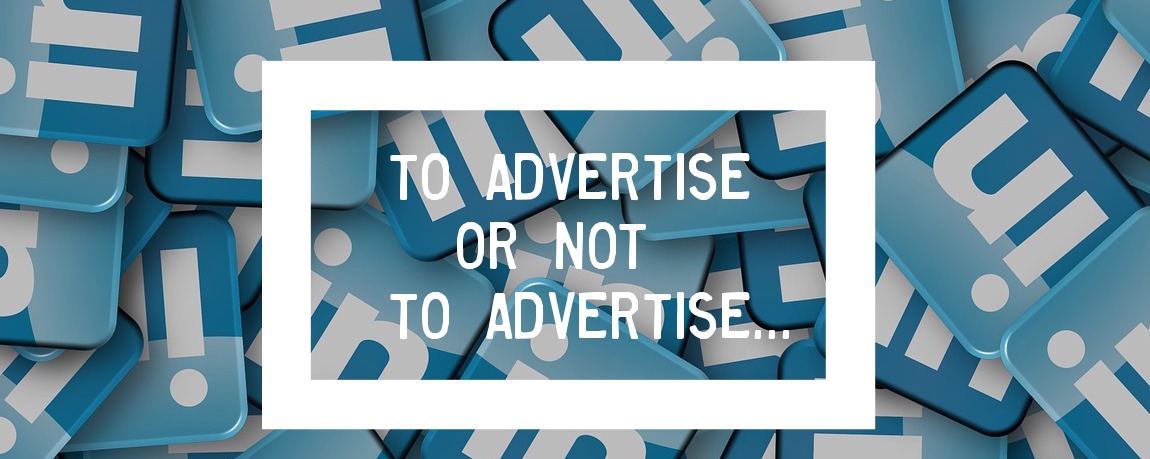B2B Monday Myth: My Company Doesn’t Need Visual Content
by MGB2B
The Myth: My Company Doesn’t Need Visual Content
The Truth: B2B Brands Should Increase Emphasis on Visual Content Marketing
Now more than ever, our world is flooded with content. This leaves B2B brands struggling to have their voice heard in a crowded marketplace and stand out from competitors. Well maybe it’s time to focus less on being heard and more on being seen.
Simply put, visuals help us to remember things. According to HubSpot, when people hear or read information, they’re probably only going to remember 10 percent of that information three days later. But if a relevant image is presented with that same information, people retain 65 percent of the information after the same three days. This statistic has huge implications. Many people think visuals are only important for consumer brands — but these rules are universal. Visual content is just as important in targeting B2B brands as it is for a clothing or lifestyle brand.
HubSpot also indicated that only 50 percent of B2B markets are treating visual content as a priority. So how can you make your company stand on the right side of the divide? Worry not — there are some simple ways you can incorporate visual content into your plan that don’t require too much time, money or resources.
Here Are Four Tactics to Get You Started:
Infographics. If you’re looking to shift your focus to visual content but want to keep your marketing as informational as possible, the infographic is still one of the most effective visual content formats. Studies show that our eyes are drawn to information that encompasses visuals. In fact, infographics are “liked” and shared on social media three times more than other types of content.
Instagram. Many B2B brands have shied away from Instagram in the past. But it is gaining more popularity, and with good reason. Instagram allows you to take gritty fields like manufacturing and make them beautiful and interesting. And it’s an appealing platform for millennial buyers and decision makers with short attention spans (and anyone with little time to spare).
Tweets with Photos. Since users scroll through social media quickly and sometimes mindlessly, a tweet that only consists of text is not as likely to catch anyone’s eye. Tweeted images are shared and liked much more frequently than just text. It’s also important to remember that visual content is key to helping you define your brand’s look, feel, and overall personality.
Article Images. Many B2B companies produce blog or article content to share knowledge about their company or industry. The photos accompanying your content are just as important as what you write. Try putting an image at the beginning of every article. You might also want to include photos within the story to break things up and let the reader breathe. Use a variety of images — graphs and charts, stock photos, cartoons, memes, and screenshots.
Visual content marketing is here to stay. These are just a few of the easy ways to make your B2B content come alive visually while still keeping things informative and relevant.
Continue ReadingB2B Monday Myth: No One Is Receptive to B2B Marketing Over a Holiday Weekend
by MGB2B
The Myth: No One is Receptive to B2B Marketing Over a Holiday Weekend
The Truth: That 4th of July Email Might Be Much More Well-Received Than You Thought
Holiday weekends in the summer usually mean a few things: Fireworks. Sun (hopefully). Swimming. Maybe a few beers, a trip to the beach, or grilling hamburgers out on the deck.
For most people, it doesn’t mean a day in the office, being stuck inside responding to email. or dialing into a call. But that doesn’t mean you can’t turn the holiday into an opportunity. Occasions like 4th of July weekend are actually the perfect time to reach out with an email campaign. Why? Because what you don’t achieve in mass, you’ll make up for in quality. Prospects who actively engaging with your emails over holiday weekends have taken time out of their holiday weekend to read what you have to say.
Here Are Some Marketing Tips for July 4th Weekend:
- Make It Count. If someone is opening your email over the holiday weekend, they are genuinely interested in what you’re offering. Give them some meat instead of holiday “fluff.”
- Establish the Context: Even if you are writing a substantial email, you may actually be able to find a link between your brand and the holiday. If you’re in an industry that embodies American innovation and quality, emphasize this!
- Make a Special Offer: This is one area in which we can take a lesson from consumer marketing, especially where holidays are involved. If you want to introduce a brand new product or service, or offer a limited-time deal, holidays are a great time to do this. And the relaxed holiday mood we all get into might refresh and energize your client enough to make them want to look into new decisions once they get back into the office.
- Think for Mobile: Even if your prospects are out on the deck, many have their phones an arm’s reach away. You should assume that your audience will be receiving your email on their mobile device, so keep this in mind as you decide on format. Don’t forget a snappy — and preferably short — subject line to catch their attention.
- Coordinate Your Social Media: A full-fledged social campaign might not be necessary for every holiday, but your message will be reinforced tremendously if you can coordinate your different channels. If you email out a summer holiday message, repeat the same message on your Twitter and Facebook feed. You can get more lighthearted with your content here as well, complementing your substantial email with some fun posts that really show your brand’s personality. Bonus: this is an easy way to incorporate some eye-catching color into your posts and your timeline.
Remember That B2B Decision Makers Are People Too
You’re targeting businesses with your marketing, but that doesn’t mean your audience isn’t made up of real people. And everyone enjoys a well-meaning message every now and then, just so they know you’re thinking about them, the customer. While holidays are always a time to advertise deals and encourage sales, it’s also the perfect opportunity just to simply wish your clients well. On that note, have a very Happy 4th of July!
Continue ReadingB2B Monday Myth: I Don’t Need LinkedIn Ads For My Business
by MGB2B
The Myth: I Don’t Need LinkedIn Ads for My Business
The Truth: LinkedIn Is a Top Platform for B2B Lead Generation
Professionals and businesses alike know that a presence on LinkedIn is important. But what you might not know is that you don’t have to stop at just creating a profile. LinkedIn can actually become a lead generator when used correctly. Let’s take a closer look at the benefits of LinkedIn ads for B2B marketing and the best way to use the medium.
Why LinkedIn?
According to LinkedIn back in 2015, 80% of leads from social media come from LinkedIn. The professionals who are on LinkedIn are already in a business mindset, which makes them more receptive to strategic B2B advertising. You have the unique opportunity to reach the people in executive positions and all along the decision-making chain with significant purchasing power. You can even target by job function to make sure you’re reaching the right people.
Sponsored Content
LinkedIn has several different capabilities for advertising. First, you can create Sponsored Content that reaches audiences on desktop, mobile, and tablets. These ads can spark conversation and reach a specifically targeted group of professionals. And, best of all, you can set your own budget by choosing from cost-per-click or cost-per-impression options.
Sponsored InMail
Another option is Sponsored InMail. This feature lets you send personalized messages to prospects on LinkedIn messenger. It’s a great way to send event invitations or insightful content to those who will be receptive to it. They will only be sent while the recipient is active online, and there is a limit to how frequently they are sent, which optimizes viewing.
Text Ads and Target Audiences
Next, the more traditional Text Ad lets you create your own advertisement and choose the audience you want to reach. Using LinkedIn Matched Audiences, you can very precisely customize your targeting. You will be able to target by company, experience, education, industry, and even job function, which can greatly increase the effectiveness of your B2B ads. Real, member-generated demographic data is used to ensure you’re reaching a higher quality target audience.
Data and Analytics
You also have the opportunity to track conversions with LinkedIn. The platform lets you record website conversions from your Sponsored Content or Text Ad campaigns, so you can track things like downloads, sign-ups, and purchases. You’ll do this by adding the LinkedIn Insights Tag to your website — a piece of JavaScript code that lets you track conversions from your campaign. What’s particularly helpful is that you determine what a conversion is; you specify which actions qualify.
Campaign Manager
As your campaign runs, LinkedIn’s Campaign Manager will let you monitor your results. You’ll be able to calculate your LinkedIn advertising ROI with their built-in analytics tool within the Campaign Manager. You’ll also be able to see the value you’re getting from both desktop and mobile, including return on ad spend, cost per conversion, and conversion rate. And most important – you can fine-tune your campaign to make it more effective over time.
While LinkedIn is likely not the right approach for most consumer brands, the platform is ideal for B2B brands. With detailed targeting capabilities and a variety of ad content options, LinkedIn is an avenue you should at least take into consideration.
Continue Reading


